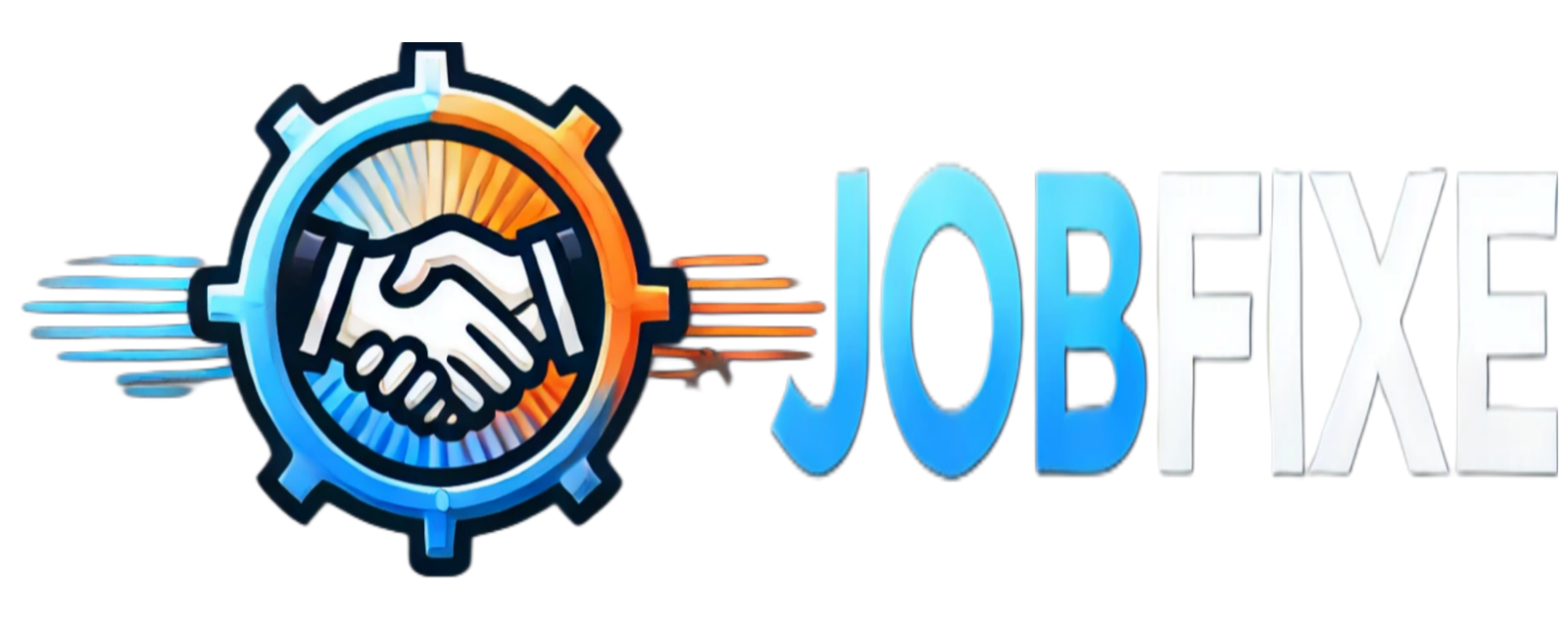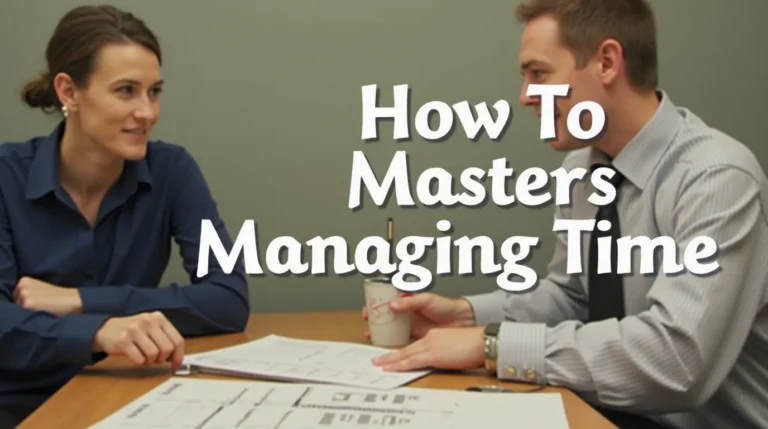Risks to Poor Work Life Balance: 5 Ways It Hurts Your Career Growth
Table of Contents
Introduction
Are you constantly checking work emails at midnight? Finding yourself missing important family events for “urgent” meetings? You’re not alone. The risks to poor work life balance are becoming increasingly prevalent in today’s always-connected world. As a career development specialist with over 15 years of experience coaching professionals across industries, I’ve witnessed firsthand how work-life balance issues can derail even the most promising careers.
In this comprehensive guide, we’ll explore the hidden dangers of poor work-life balance, examine its impact on your professional growth, and provide actionable strategies to protect your career while maintaining personal well-being. We’ll cover everything from burnout prevention to productivity optimization, backed by research and real-world examples.
Understanding Work-Life Balance in Modern Careers
The concept of work-life balance has evolved dramatically in recent years. According to a Gallup study, 45% of full-time U.S. employees work remotely at least part of the time, blurring the lines between professional and personal life even further. The risks to poor work life balance have never been more relevant.
Defining Modern Work-Life Balance
Work-life balance isn’t just about working fewer hours – it’s about creating sustainable harmony between professional achievements and personal fulfillment. According to research from the Harvard Business Review, successful professionals view balance as a dynamic cycle rather than a fixed state.
The 5 Critical Ways Poor Work-Life Balance Damages Your Career
1. Decreased Cognitive Performance and Decision-Making
The risks to poor work life balance often manifest first in reduced cognitive function. Research published in the Journal of Occupational Health Psychology shows that chronic work stress impairs:
- Strategic thinking abilities
- Problem-solving capabilities
- Memory retention
- Creative innovation
These impairments can lead to costly mistakes and missed opportunities, directly impacting career advancement.
2. Deteriorating Professional Relationships
When work-life balance issues persist, professional relationships often suffer. Studies from the Society for Human Resource Management indicate that poor work-life balance leads to:
- Increased workplace conflicts
- Reduced team collaboration
- Diminished networking capabilities
- Compromised leadership effectiveness
3. Stunted Skill Development
One of the most overlooked risks to poor work life balance is its impact on professional development. When overwhelmed by daily tasks, professionals often:
- Skip training opportunities
- Neglect industry networking events
- Postpone certification programs
- Miss chances for mentorship
According to LinkedIn Learning, professionals with better work-life balance are 52% more likely to participate in skill-development activities.
4. Reduced Career Mobility
Work-life balance issues can significantly limit career mobility. Research from Deloitte shows that professionals struggling with balance are:
- 37% less likely to seek promotions
- 45% more likely to stay in unfulfilling roles
- 63% less likely to pursue entrepreneurial opportunities
5. Long-term Career Sustainability Risks
Perhaps the most serious of all risks to poor work life balance is the threat to long-term career sustainability. The World Health Organization has recognized workplace burnout as an occupational phenomenon, linking it to:
- Increased risk of career derailment
- Higher likelihood of forced career changes
- Reduced lifetime earning potential
- Compromised professional reputation
Identifying Warning Signs of Poor Work-Life Balance

Key Indicators
Early recognition of work-life balance issues is crucial for career protection. Watch for these warning signs:
- Physical Symptoms
- Chronic fatigue
- Sleep disturbances
- Frequent illnesses
- Persistent headaches
- Professional Indicators
- Missed deadlines
- Declining work quality
- Increased errors
- Reduced innovation
- Behavioral Changes
- Irritability with colleagues
- Withdrawal from team activities
- Procrastination
- Resistance to new projects
Strategic Solutions for Better Balance
1. Boundaries and Time Management
The risks to poor work life balance can be mitigated through strategic boundary setting:
- Implement strict work hours
- Create dedicated workspace
- Use time-blocking techniques
- Establish communication protocols
2. Professional Efficiency Enhancement
Research from McKinsey suggests these productivity strategies:
- Priority matrix implementation
- Task batching
- Strategic delegation
- Energy management techniques
3. Career Development Integration
Balance career growth with personal time by:
- Scheduling regular skill development
- Using microlearning techniques
- Implementing the 5-hour rule
- Creating learning partnerships
Industry-Specific Considerations
Technology Sector
The risks to poor work life balance are particularly acute in tech, where:
- 24/7 availability expectations
- Rapid technological changes
- Global team coordination
- Continuous learning demands
Healthcare Industry
Healthcare professionals face unique challenges:
- Shift work impact
- Emergency response requirements
- Emotional labor demands
- Regulatory compliance pressures
Financial Services
Finance professionals must navigate:
- Market-driven schedules
- Client service demands
- Regulatory deadlines
- Performance pressure
Building a Sustainable Career Framework

Strategic Career Planning
Mitigate the risks to poor work life balance through:
- Quarterly Career Reviews
- Goal alignment assessment
- Work-life balance audit
- Skill development evaluation
- Network health check
- Professional Development Integration
- Structured learning time
- Mentorship programs
- Industry engagement
- Personal project development
Support System Development
Create a robust support network:
- Professional mentors
- Industry peers
- Work-life balance coaches
- Family support systems
Implementation Strategy
Phase 1: Assessment (Weeks 1-2)
- Conduct work-life audit
- Identify primary stressors
- Document current commitments
- Set initial boundaries
Phase 2: Planning (Weeks 3-4)
- Develop balanced schedule
- Create boundary framework
- Establish success metrics
- Build support system
Phase 3: Implementation (Months 2-3)
- Execute new boundaries
- Monitor progress
- Adjust as needed
- Document outcomes
Measuring Success
Key Performance Indicators
Track these metrics to assess improvement:
- Professional Metrics
- Project completion rates
- Error reduction
- Innovation contribution
- Leadership effectiveness
- Personal Metrics
- Stress levels
- Sleep quality
- Exercise frequency
- Family time
Conclusion
The risks to poor work life balance extend far beyond personal well-being – they can fundamentally alter your career trajectory. By implementing the strategies outlined in this guide, you can protect your professional growth while maintaining personal fulfillment.
Remember, achieving balance isn’t about perfect equilibrium, but rather creating a sustainable approach to career development that enhances rather than diminishes your life quality.
Next Steps
- Begin with the assessment phase outlined above
- Schedule a personal work-life audit
- Implement one boundary-setting strategy this week
- Monitor your progress using the suggested metrics
For additional support and resources, consider joining professional networks focused on work-life balance or consulting with a career coach specializing in sustainable career development.
Join our Professional Development Community







